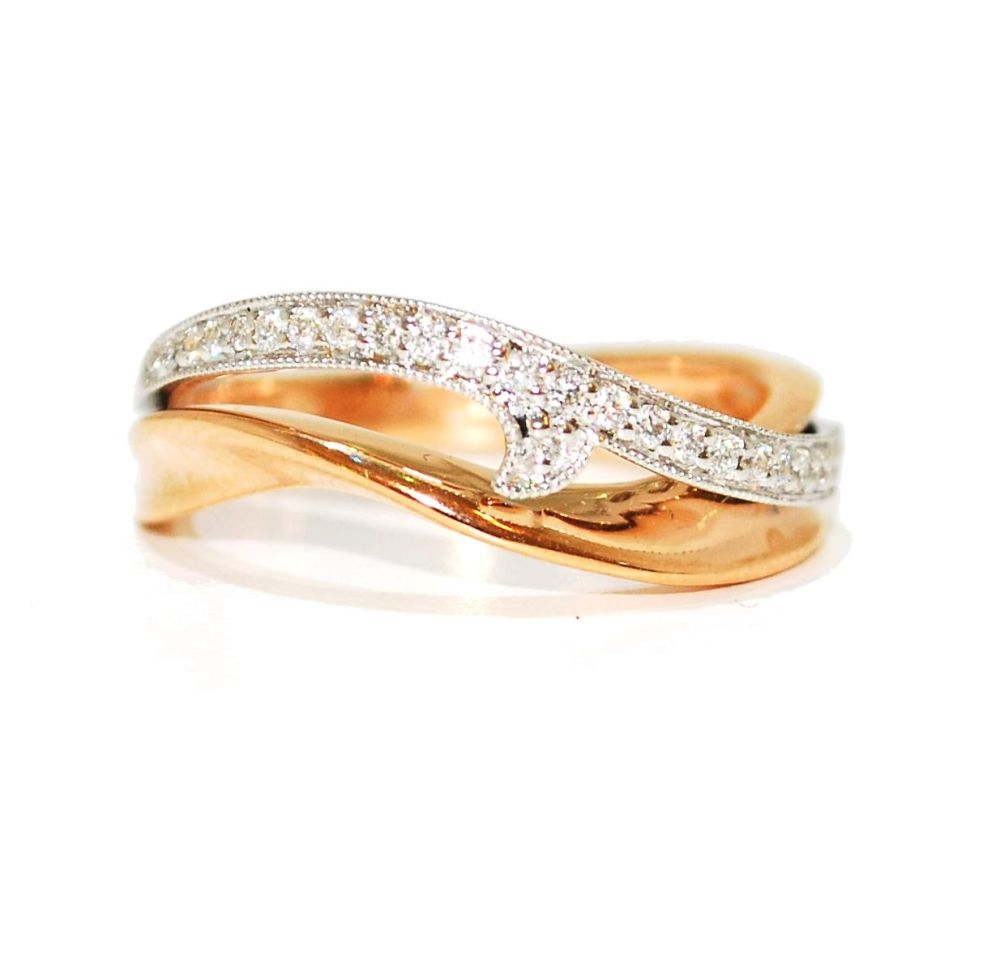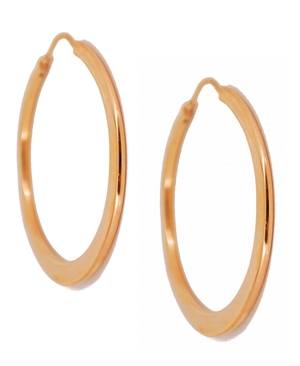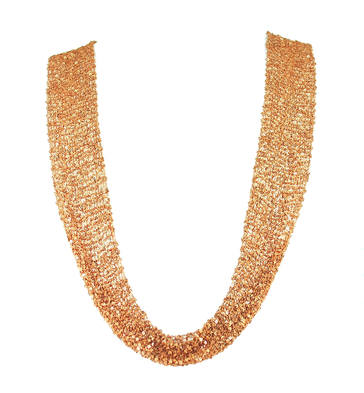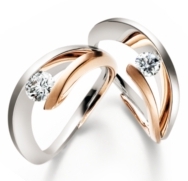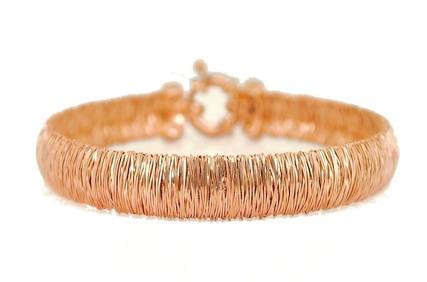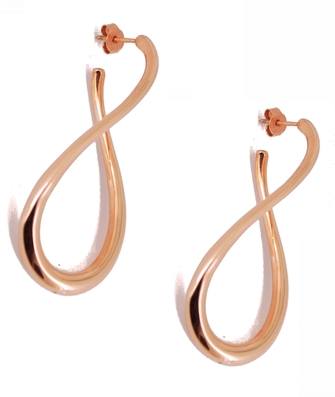What you need to know about the 4c's...
Posted on
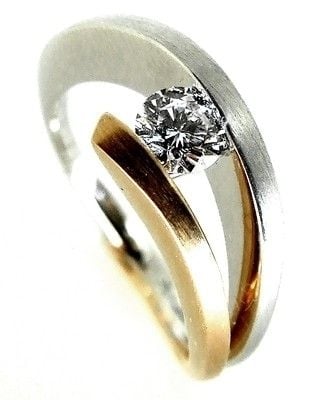
The 4c's are a universal grading system for diamonds that is in place to keep consistency within the diamond industry. Developed by the Gemmological Institute of America (GIA), diamonds purchased within jewellers often come with a GIA certificate describing the diamond in terms of the 4c's.
Colour

-
The less colour, the higher the value
This of course refers to 'colourless' diamonds and not to fancy-coloured diamonds (pinks and blues) that lie outside of the colour scale discussed here. The scale refers to body colour of the diamond which may be completely lacking in colour (the ideal) or may feature hints of yellow or brown. The scale runs from D to Z, with D being completely colourless and Z exhibiting light colour. Even though the colour difference may be subtle it does have a profound impact on the value of the stone.
Clarity

-
Natural imperfections
Diamonds are formed within the mantle of the earth and pushed to the surface during volcanic eruptions. A diamond completely free from inclusions or blemishes is quite rare and the clarity grade refers to the size, nature and location of these imperfections.
Flawless-Internally Flawless (FL - IF) no inclusions are visible using a 10x lens, very rare
Very, very slight inclusions (VVS1 – VVS2) difficult to see inclusions with 10x lens, excellent quality
Very slight inclusions (VS1 – VS2) difficult to see inclusions with 10x lens
Slight inclusions (SI1 – SI2) easy to find with 10x lens but difficult to see with naked eye
Inclusions (I1 – I3) may be seen by naked eye
Carat
-
1 carat = 0.2 grams
Carat is the unit of weight that is used for diamonds, it is not necessarily representative of it's size. A small difference in carat weight can greatly affect the price of the diamond.
Cut
-
The cut for a diamond has been mathematically pre-determined
Diamonds have a complex relationship with light, cut too shallow the light falls straight through, cut too deep and the light struggles to reflect back to the eye, generally moving out of the side of the stone. Diamonds have optimum angles that they must be cut at to produce maximum brilliance and dispersion – this is what gives them their sparkle!
Cut grades are classified as:
Excellent - Very Good - Good – Fair - Poor
At Nude Jewellery we can source a variety of diamonds for your bespoke commission. For information on bespoke diamond pieces or for general advice regarding diamonds please call our customer service advisors on 07957 371 254

